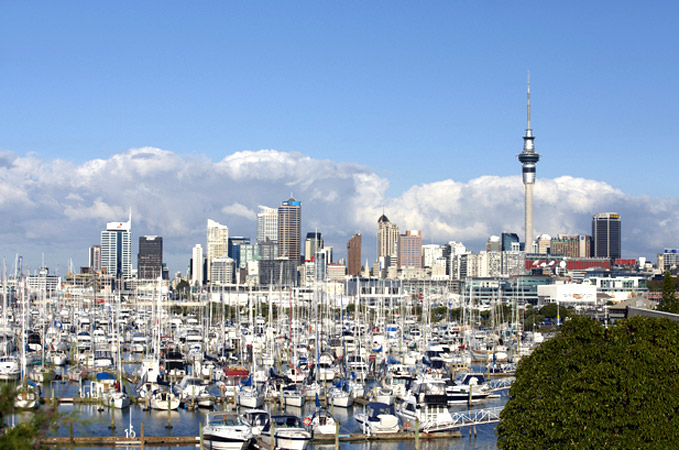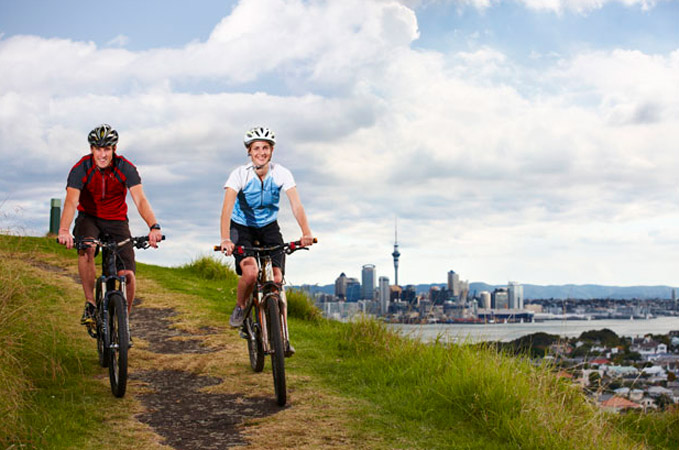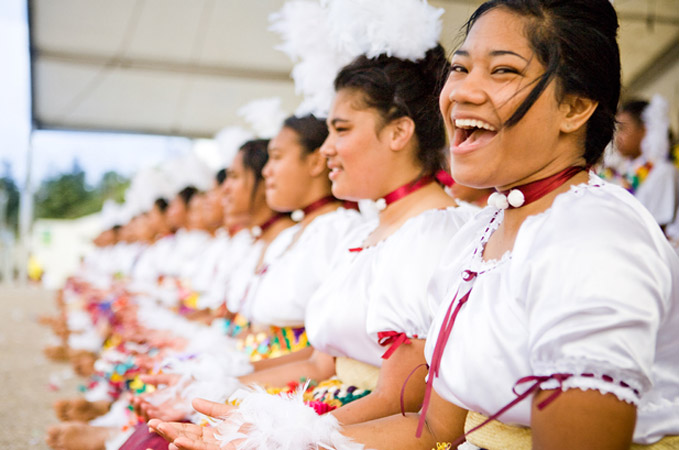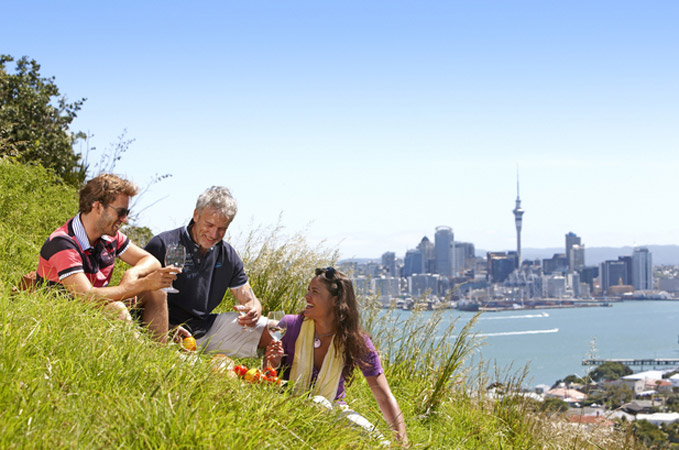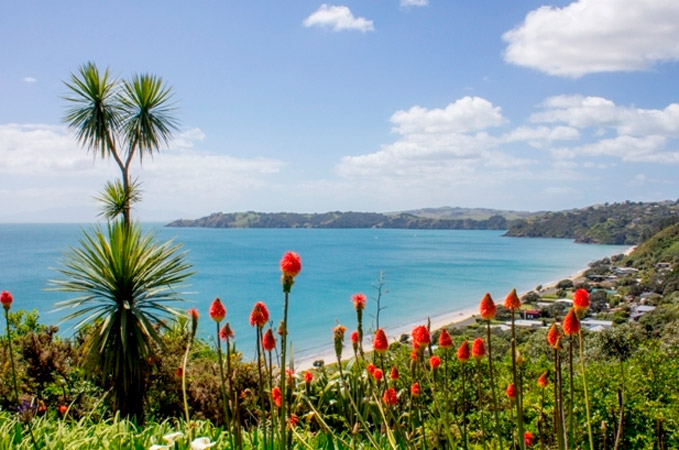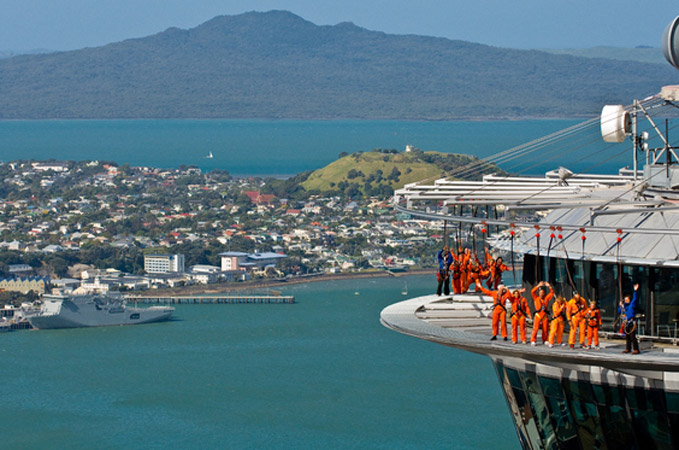Auckland
Auckland is the business hub of New Zealand with many companies having Head Offices in the city.
Auckland has been ranked among the top cities in the world for students to pursue a university education. Students can enjoy sailing, horse riding, hiking, surfing, paddle boarding or mountain biking all within an hour of the city.
Check out the official Study Auckland website:
http://www.aucklandnz.com/study
Useful information
Auckland has a subtropical climate, with warm, humid summers and mild, damp winters. It is the warmest main centre of New Zealand and is also one of the sunniest, with an average of 2060 sunshine hours per annum.[21] The average daily maximum temperature is 23.7 °C (74.7 °F) in February and 14.5 °C (58.1 °F) in July.
The sea has a great moderating effect on temperature.
Auckland straddles the Auckland volcanic field, which has produced about 50 volcanoes. These take the form of cones, lakes, lagoons, islands and depressions, and several have produced extensive lava flows. The individual volcanoes are all considered extinct, although the volcanic field itself is merely dormant. Auckland has at least 14 large lava tube caves which run from the volcanoes down towards the sea.
Auckland lies on and around an isthmus, less than two kilometres wide at its narrowest point, between Mangere Inlet and the Tamaki River. There are two harbours in the Auckland urban area surrounding this isthmus: Waitemata Harbour to the north, which opens east to the Hauraki Gulf, and Manukau Harbour to the south, which opens west to the Tasman Sea. The total coastline of Auckland is 3,702 km in length.[20]
The majority of inhabitants claim European – predominantly British and/or Irish – descent, but substantial Māori, Pacific Islander and Asian communities exist as well. Auckland has the largest Polynesian population of any city in the world and a higher proportion of people of Asian origin than the rest of New Zealand. Ethnic groups from all corners of the world have a presence in Auckland, making it by far the country’s most cosmopolitan city. 40% of Aucklanders are born overseas according to the 2013 census.
Auckland’s lifestyle is influenced by the fact that while it is 70% rural in land area, 90% of Aucklanders live in urban areas – though large parts of these areas have a more suburban character than many cities in Europe and Asia.
Positive aspects of Auckland life are its mild climate, plentiful employment and educational opportunities, as well as numerous leisure facilities.
One of Auckland’s nicknames, the “City of Sails”, is derived from the popularity of sailing in the region.
The Auckland urban area has 340 primary schools, 80 secondary schools (high schools), and 29 composite (primary/secondary combined) schools as of February 2012, catering for nearly quarter of a million students.
Auckland has a number of important educational institutions, including some of the largest universities in the country. Auckland is a major centre of overseas language education, with large numbers of international students (particularly East Asians) coming to the city for several months or years to learn English or study at universities.
ISENZ Schools and Institutions
ISENZ place students in the following schools and institutions within Auckland:
Location
Featured Videos
Study Auckland Promotional Video #1
Study in Auckland promotional Video #2
Related Links
The official local student website
http://www.aucklandnz.com/study
100% Pure New Zealand: Destination Auckland
New Zealand’s official tourism website
http://www.newzealand.com/int/auckland/
Wikipedia: Auckland
http://en.wikipedia.org/wiki/Auckland
Find out more
For more information about Auckland, please contact ISENZ.


